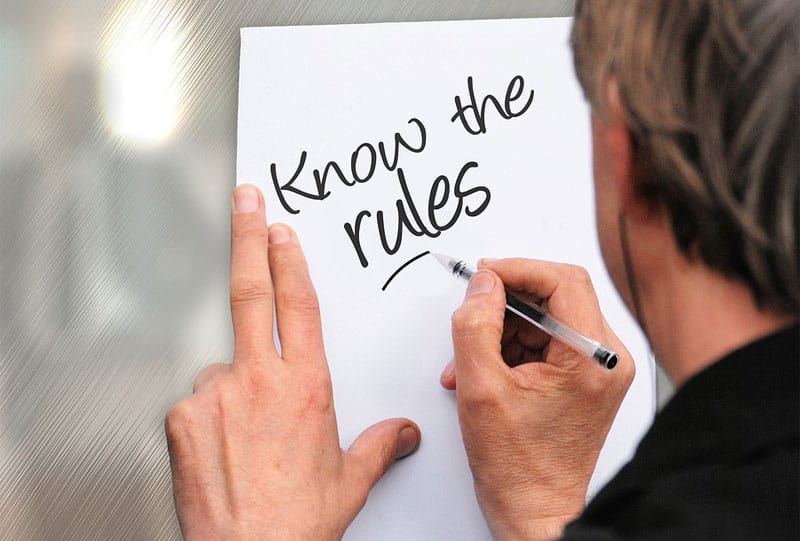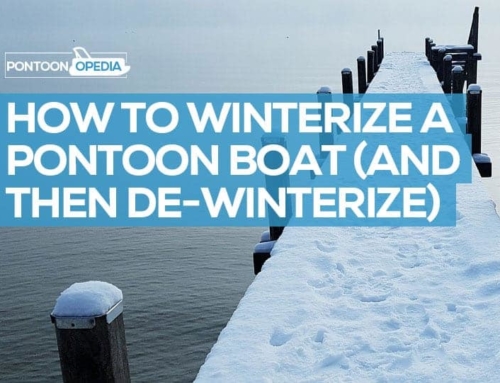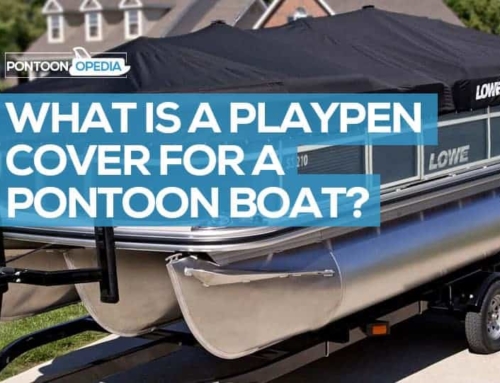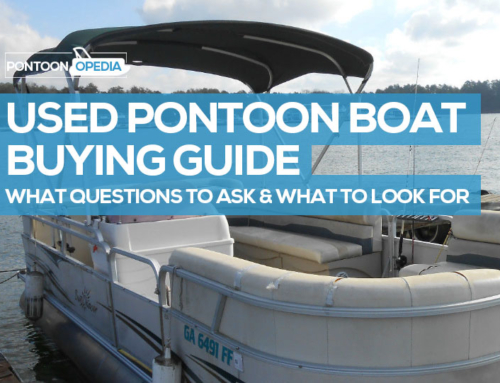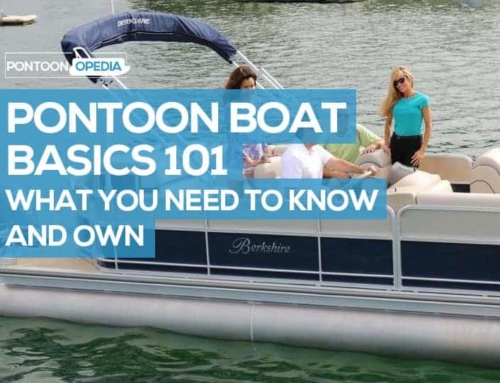Too many owners of new pontoon boats spend a lot of time plotting their adventures and explorations, and far too little time practicing safe boating maneuvers. I don’t recommend you even consider getting into your pontoon unless you are familiar with some of the rules that you need to follow.
Pontoon boat dealers will tell you that The Rule of Good Seamanship (click that link for the US Coast Guard) is the foundation for all other boating guidelines. “Good Seamanship”, however, doesn’t depend on one clear definition, but on several basic guidelines:
- Obey all of the rules when operating pontoon boats, unless an extreme circumstance requires that you deviate from them.
- If a collision is inevitable, alleviate the damage of the collision by carefully maneuvering to lessen the force of the collision. Although pontoon boat manufacturers build these boats with tough materials, there is no way of knowing how a collision will affect your boat’s buoyancy, so bring lifejackets for every passenger (it’s the law!).
- Ensure that other fishing pontoon boats can see you by equipping your boat with sufficient lighting during low light. These days, manufacturers include all necessary lights in their standard boat packages.
- You’ll need to keep an effective and constant lookout any time you’re underway. While many best pontoon boats have perfectly unobstructed views, in some cases, the captain may not be able to see all around the boat. The captain should assign a crew member as a lookout who is alert enough to see, and hear, any other vessels.
- It is required that you know how to properly use a CB or radio communicator or have a cell phone and are able to use it within regulations to communicate with other custom pontoon boats on the water.
There are also rules that explain methods for audible communication between boats by using horn signals. These horn blasts are similar to Morse Code. The horn sounds are structured in groups of short and long blasts (you should know how to use them, and when to use them).
- A short horn blast on a pontoon boat (or any boat) is approximately 1 second long. A single short horn blast means that you want to pass the other boat on its port side.
- Two short honks of your horn indicates to other boaters that you’re attempting to pass them on their starboard sides.
- Three short horn blasts warns other pontoon boaters that you’re operating your pontoon boat in reverse gear. Pontoon manufacturers use outboards that include reverse gear in basically every new pontoon they make.
- Five quick blasts of the horn notifies other captains that you and your crew are either in danger, or that you’re uncertain about the intentions of a nearby vessel.
The rules, while appearing complicated, are really designed for one single purpose – to avoid dangerous or deadly collisions between vessels. If you use a bit a caution, common sense, and alertness, you’ll fulfil the spirit of the rules and ensure fun times on your pontoon boat.
Additional Recommendations & Reading
I hope that you have found the pontoon boat rules above helpful, and they are something that you can follow and adhere to whilst on the water.
As a pontooner I put a massive emphasis on safety.
With that in mind, I recommend that you check out how the rules regarding boating differ in your state. You can compare different US state legislation by clicking here.
Pontoon Equipment Safety Equipment
Once that’s done, please read this Pontoon Boat Safety Equipment Checklist. It contains everything that you need to make sure you and your passengers are safe whilst out on the water.
All of the items listed on the equipment checklist are relatively low cost and can be purchased cheaply on Amazon, so make sure that you go get them now if you haven’t already.
You might also be interested in how many people you can fit on a pontoon boat safely. It contains some guidance that will be helpful for beginners and experienced pontooners alike.

